In Part 2 of a beginner’s guide to foraging from our friends at Ethical.net, we learn which common edible weeds and wild plants can make their way to our plates.
One of the easiest ways to begin foraging is by learning to identify common edible weeds. The word “weed” itself defines these plants as undesirable – but they can be surprisingly useful, nutritious, and even delicious! Here are some common weeds that can be eaten:
Stinging Nettles (Urtica dioica)
Wear gloves to harvest nettles, then wash and boil them to remove their sting, before using them in a wide range of recipes, similarly to spinach. Cooked nettles have a pleasant, subtly sweet taste, with the top five leaves or so of young springtime nettles tasting best.
Dandelions (Taraxacum officinale)
Dandelions are also a common weed with a range of culinary uses: the leaves of young plants make an excellent, bitter addition to mixed salads, while the flower buds can be used as a caper substitute, and the flowers to make fritters. You can even use the roots as a coffee substitute.
Plantain (Plantago major)
Not to be confused with the banana-like tropical fruit, plantain the weed is another common sight in gardens and on common land. Though the large leaves of Plantago major can become rather tough as the season progresses, leaves young and old can be boiled in much the same way as cabbage or kale and added to a wide range of recipes.
Stickyweed (Galium aparine)
You may be familiar with this weed’s sticky stems, leaves, and small seed balls, all of which can attach themselves to clothing or hair later in the year. Once the plants develop their clinging hooked hairs, it can even be used to sieve particles out of water when spending time in the great outdoors. In the spring, the young plants are tender and soft, and delicious, raw, in salads, and as a general purpose green.
Ground Elder (Aegopodium podagraria)
Ground elder can be a particularly difficult weed to eradicate from your garden, since it self-seeds readily, spreads under the soil, and will regrow from even the smallest root sections. But this problem can be turned into an opportunity: use the young spring shoots in moderation in stir fries and other lightly cooked recipes to enjoy their mild celery-like flavour.
Chickweed (Stellaria media)

Chickweed, as the name suggests, is great for chickens. But it isn’t only hens that enjoy this delicate and pretty plant; it can also be a delicious foraged salad crop for human beings. Best foraged when young, in the spring, the leaves, stems, and small white flowers can all be eaten. With its crisp texture and mild taste, not dissimilar to gem lettuces, chickweed can add variety to seasonal salads.
Fat Hen / Lamb’s Quarters (Chenopodium album)
Going by many different names, Chenopodium album is another common weed considered good fodder for chickens and other livestock – but it can also be great for humans, for example in Northern India, where it is cultivated as food. While it should be eaten in moderation due to high levels of oxalic acid, the leaves and young shoots can be used as an occasional leaf vegetable, either steamed or cooked in the same way as spinach. The seeds of these plants (a close relative to quinoa) can also be eaten, and are high in protein, vitamins, and minerals.
Good King Henry (Chenopodium bonus-henricus)
Another Chenopodium, Good King Henry, is also a useful foraged green. A perennial vegetable, once widely eaten in Europe, it is now all too often considered a common weed. However, though high in saponins and so best eaten only in moderation, its young leaves, foraged in spring and summer, make an excellent pot herb or spinach substitute. What’s more, the young flowering shoots can be used as a poor man’s asparagus’ when peeled and cooked in the same way. The seed can be rinsed, ground, and mixed with flour for use in breads and other baking.
Purslane (Portulaca oleracea)
The leaves and stems of this succulent plant, which often spreads as a weed through gardens, waste ground, roadside verges, or by the sea, can be eaten raw or cooked. Young leaves are tasty in salads, while older ones can be used as a pot herb. The plant’s gelatinous structure means that it can also be used as a substitute for okra in thickening soups and stews.
Lawn Daisies
You may be surprised to learn that daisies are good for more than just making daisy chains. These sunny little flowers are common in lawns across the UK, so consider harvesting the little flower heads and petals for use in sandwiches, soups, and salads, to add a bitter flavour. Flower buds can also be used in place of capers.
Red Clover
Pop a few flower heads and leaves from this lawn staple into your salads for a bit of variety and some healthy micro-nutrients. The tastiest flowers are those of red clover, though white clover flowers can also be eaten in moderation.
Wild Garlic / Ramsons

Often found growing wild in damp woodland and among shaded hedgerows, wild garlic is a native bulb similar to cultivated garlic. Leave the bulbs in the ground, but harvest the leaves and flowers for a mild garlic flavour that can be used in a variety of ways: eat them raw in sandwiches or salads, make a pesto, or chop them up and add them to a range of cooked recipes.
Of course, there are plenty more weeds and wild herbaceous plants that can be foraged; as you begin to identify more plants, your foraging repertoire can expand considerably.
Trees with edible leaves
You may be surprised to learn that a number of common trees have edible leaves. The best time to harvest and eat leaves from trees is in the spring, when they first begin to unfurl.
Beech
Young beech leaves have a very smooth and tender texture and make a surprisingly tasty spring salad green. Since beech is a common woodland tree, and also frequently used in hedgerows, it can be easy to find an abundant source. Young leaves, eaten raw, have a slightly lemony taste resembling sorrel.
Linden
Linden trees have heart-shaped leaves that also taste great when eaten young, with a delightful crispness similar to iceberg lettuce when used in a salad – but with far greater nutritional value. The leaves can also be dried and ground into a flour for use in a range of recipes.
Birch
Birch leaves can also be harvested and used in salads early in the spring. They have a hint of bitterness, akin to radicchio, so are best used in combination with other, milder leaves. The leaves can also be dried and used alongside other herbs to make a healthy herbal tea.
Hawthorn

Hawthorn offers one of the tastiest spring greens; young leaves can even be eaten straight from the tree. In some areas, the tree is referred to as ‘bread and cheese’ – not because of its flavour, but because it can provide a hedgerow snack, straight from the branch. The leaves are at their best before the flowers or berries appear, and, with their rich, nutty taste, are great for enlivening salads.
Mulberry
Mulberry are incredibly useful trees: not only do they produce an edible crop of berries later in the year, they also provide leaves that can be eaten. These must be cooked before consumption: boil them and discard the water, or stuff them in the same way that you might stuff vine leaves.
Needles: Spruce, Pine, and Fir
All spruce, pine, and fir trees have needles that can be foraged and simmered in water to make a tea very high in vitamin C.
Note, however, that yew, which looks similar, is poisonous, and can kill if ingested. If you plan to forage needles, be absolutely certain that you have identified the tree correctly.
In springtime, the fresh tips of spruce can also be dipped in honey and eaten, or steeped in apple cider vinegar to create a taste similar to balsamic vinegar.
Find Part 1 here.
Adapted from an original article by Elizabeth Waddington on Ethical.net.
 About the author
About the author
Ethical.net is a collaborative platform for discovering and sharing ethical alternatives, whether purchasing from a social enterprise, thrift shopping, or learning how to fix your old phone instead of buying a new one. They aim to make ethical the new normal.

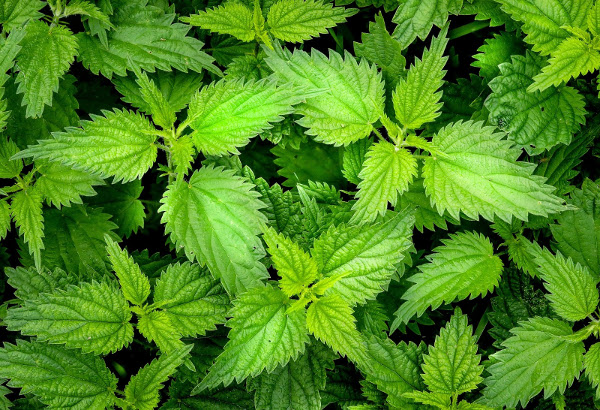
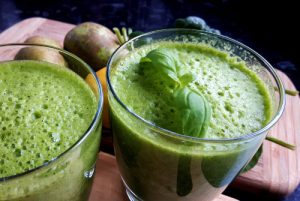
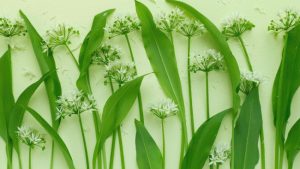
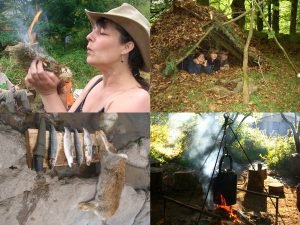
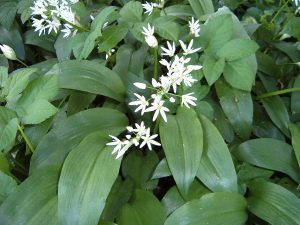
1 Comment
Thank you for this- they all seem to be non-endangered plants- indeed, available in superabundance! I personally find dandelion leaves too bitter to eat raw, even after they have been purposely blanched; but they are lots better cooked, in stir-fries and with pasta for example. But if anyone knows where to get the plant Taraxacum palustre- marsh dandelion- I’d love to know; I think it’s the one you need to get the magenta dye for wool.